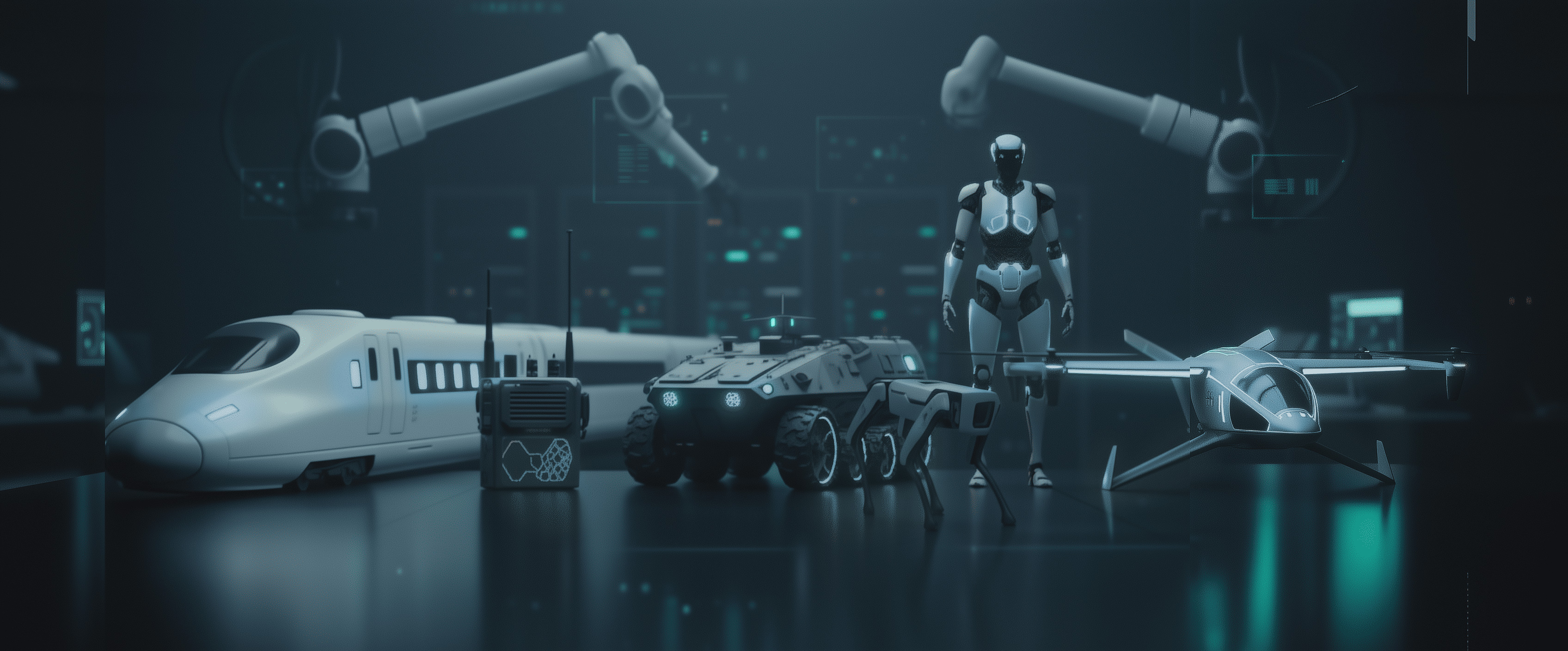

Moving beyond simple batteries, our technology unifies energy storage and structural features, offering a total solution characterized by overwhelming space efficiency, ultra-lightweight design, and superior safety. Based on extensive research and accumulated know-how, we are setting a new standard for sustainable future technology in diverse sectors including mobility, defense, aviation, and industrial equipment.
By integrating structural functionality from the cell level—so the battery itself bears mechanical loads—this system minimizes energy-density loss, maximizes space utilization, and strengthens safety and durability. As a result, it raises both volumetric and gravimetric energy density for rail systems, extending operating efficiency and range while ensuring stability and reliability.
The panel-type structural battery for radio transceivers aims to replace conventional lithium batteries, focusing on improving lightweight design and low-temperature performance. Designed to be attachable/detachable to domestic military radio transceivers, it secures sufficient capacity while reducing volume and weight. This enhances portability and operational readiness in the field by enabling stable operation even in harsh, cold environments, reducing combat load, and increasing operational time.
The panel-type structural battery for unmanned vehicles is designed for next-generation military unmanned vehicles, aiming to simultaneously achieve shock-resistant energy storage and defensive performance. It is slated for deployment in autonomous electric platforms, such as domestic K company's multi-purpose unmanned vehicles, to execute various missions including surveillance, reconnaissance, and logistics. This technology is positioned as a core asset leading the future defense industry, with plans to demonstrate its reliability and technological prowess through field trials.
SASUNG Power is developing body-type structural batteries for robotics. The goal is to apply shock-resistant, high-strength structural battery frames to the legs and bodies of walking robots, securing both energy storage and mechanical strength simultaneously. Building on successful experience in developing structural battery technology for wearable robots, we are pursuing phased commercialization for full market entry. By expanding cooperation with robotics companies and securing potential customers, we aim to usher in an era of robot platforms with unified energy and structure starting in 2027.
SASUNG Power is extending its structural battery technology to air mobility to address the critical challenges of lightweight design and energy efficiency in next-generation electric aircraft. By integrating the battery as part of the airframe structure, it serves as an auxiliary power source, offering additional energy, spatial efficiency, and stability without increasing the system's overall weight compared to conventional systems. SASUNG Power’s structural battery-based solution is set to maximize flight range and payload efficiency for future air mobility, including eVTOL and fixed-wing drones, presenting a new power architecture for a sustainable sky transport era.

